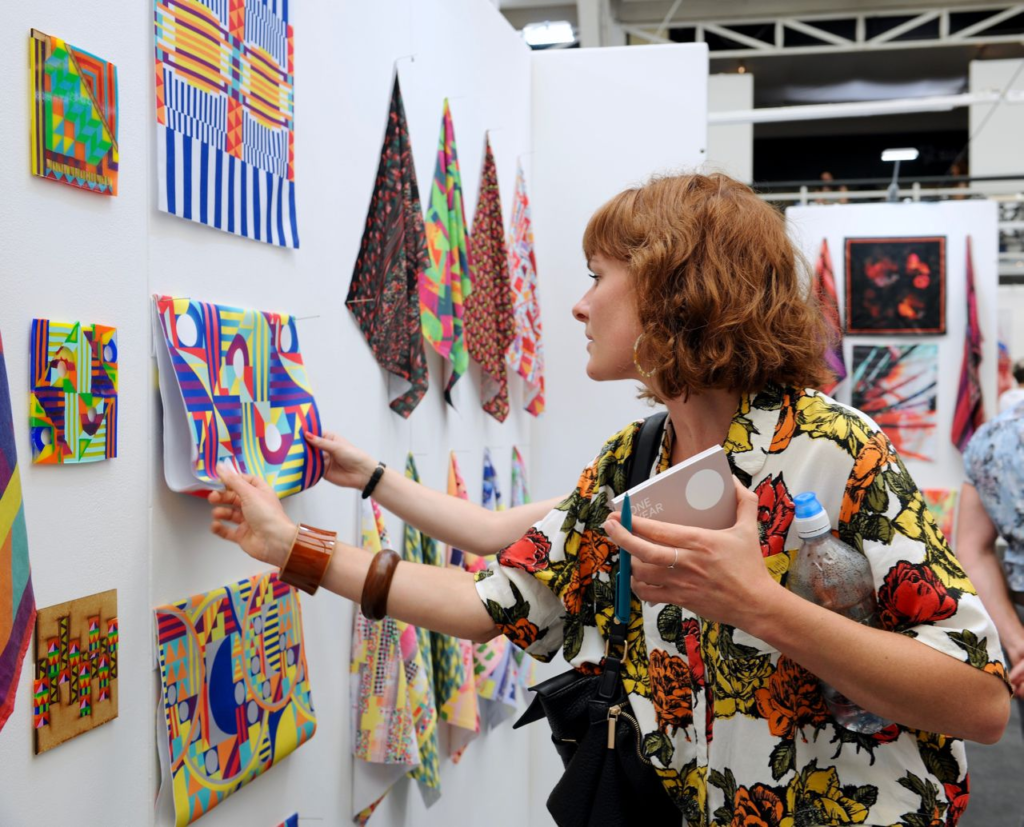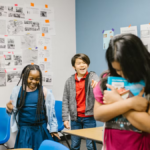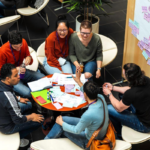Universities and colleges serve as vibrant hubs for artistic expression, creativity, and cultural enrichment, providing platforms for students to showcase their talents through a variety of artistic performances and exhibitions. These opportunities not only celebrate artistic diversity but also foster a supportive environment that encourages personal growth, community engagement, and the exploration of new perspectives. Here’s a closer look at how universities promote arts and creativity through performances and exhibitions:

1. Multifaceted Artistic Performances
Universities host a wide range of artistic performances that showcase students’ talents in music, dance, theater, and other performing arts. These performances, ranging from student-led productions to faculty-directed shows, provide students with opportunities to hone their skills, collaborate with peers, and gain valuable stage experience. By participating in these performances, students not only entertain and inspire audiences but also build confidence and develop their artistic identities.
2. Visual Arts Exhibitions
Visual arts exhibitions at universities feature works created by students, faculty members, and visiting artists, highlighting a diverse array of artistic styles, themes, and techniques. These exhibitions may include painting, sculpture, photography, digital art, and multimedia installations. They serve as platforms for students to showcase their creativity, express their unique perspectives, and engage in dialogue with the community about social, cultural, and aesthetic issues.
3. Student-Led Arts Organizations
Student-led arts organizations play a crucial role in promoting artistic expression and organizing performances and exhibitions on campus. These organizations, such as theater clubs, dance troupes, art societies, and music ensembles, provide students with leadership opportunities, creative autonomy, and a supportive community of like-minded peers. Through rehearsals, workshops, and collaborative projects, students develop teamwork skills, artistic discipline, and a sense of belonging within the university community.
4. Cultural Festivals and Events
Universities celebrate cultural diversity and creativity through festivals, art fairs, and themed events that showcase various cultural traditions, artistic genres, and creative expressions. These events often feature performances, workshops, film screenings, and interactive exhibits that engage students, faculty, staff, and the broader community in celebrating arts and culture. Cultural festivals promote cross-cultural understanding, appreciation for diversity, and dialogue about global issues through the lens of creativity and artistic expression.

5. Interdisciplinary Collaborations
Many universities encourage interdisciplinary collaborations that integrate arts with other academic disciplines such as science, technology, engineering, and mathematics (STEM), humanities, and social sciences. Collaborative projects, performances, and exhibitions explore innovative intersections between arts and other fields, fostering creativity, innovation, and critical thinking among students and faculty members. These collaborations enrich the educational experience and inspire new approaches to addressing complex societal challenges.
6. Community Engagement and Outreach
Arts performances and exhibitions often extend beyond the university campus to engage with the local community and broader public. Universities partner with local schools, community centers, and cultural organizations to bring arts programming, workshops, and performances to diverse audiences. These outreach efforts promote arts education, cultural appreciation, and social inclusion, while enhancing the university’s role as a cultural hub and community resource.
7. Professional Development and Career Opportunities
Participation in arts performances and exhibitions provides students with valuable professional development opportunities and prepares them for careers in creative industries. Students gain practical experience in event planning, stage management, production design, marketing, and audience engagement—skills that are transferable to careers in arts administration, entertainment, media, and related fields. Furthermore, networking opportunities with visiting artists, industry professionals, and alumni enhance students’ career prospects and inspire future artistic pursuits.
8. Celebrating Creativity and Innovation
Above all, universities celebrate creativity and innovation through arts performances and exhibitions by nurturing the next generation of artists, creators, and cultural leaders. These platforms encourage students to explore their artistic passions, experiment with new forms of expression, and contribute to cultural discourse and societal change through their creative endeavors. By supporting arts and creativity, universities cultivate a dynamic and inclusive campus culture that values artistic excellence, fosters imagination, and enriches the academic experience for students, faculty, and the community.
In conclusion, arts performances and exhibitions at universities play a vital role in nurturing creativity, promoting cultural expression, and celebrating the diverse talents of students. By providing platforms for artistic exploration, interdisciplinary collaboration, and community engagement, universities foster a vibrant arts ecosystem that inspires personal growth, cultural enrichment, and social impact within and beyond campus walls. These initiatives not only showcase students’ talents but also underscore the transformative power of arts in shaping a more inclusive, empathetic, and creatively vibrant society.


